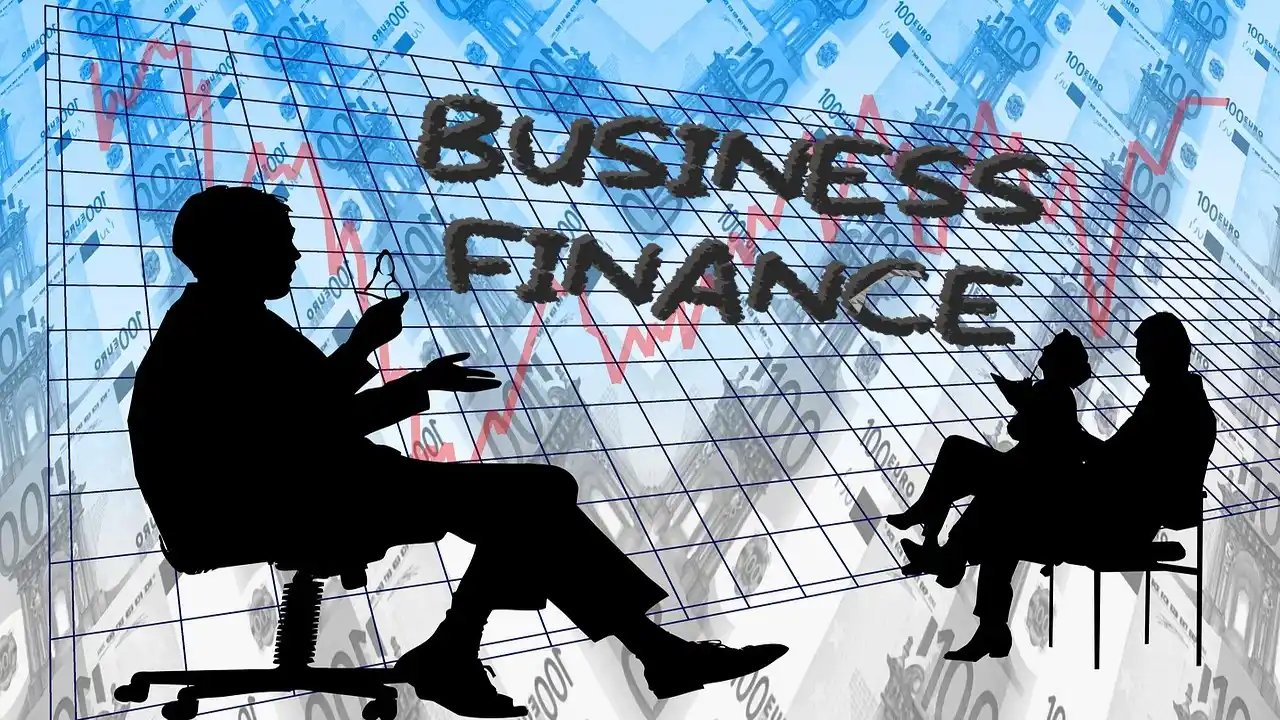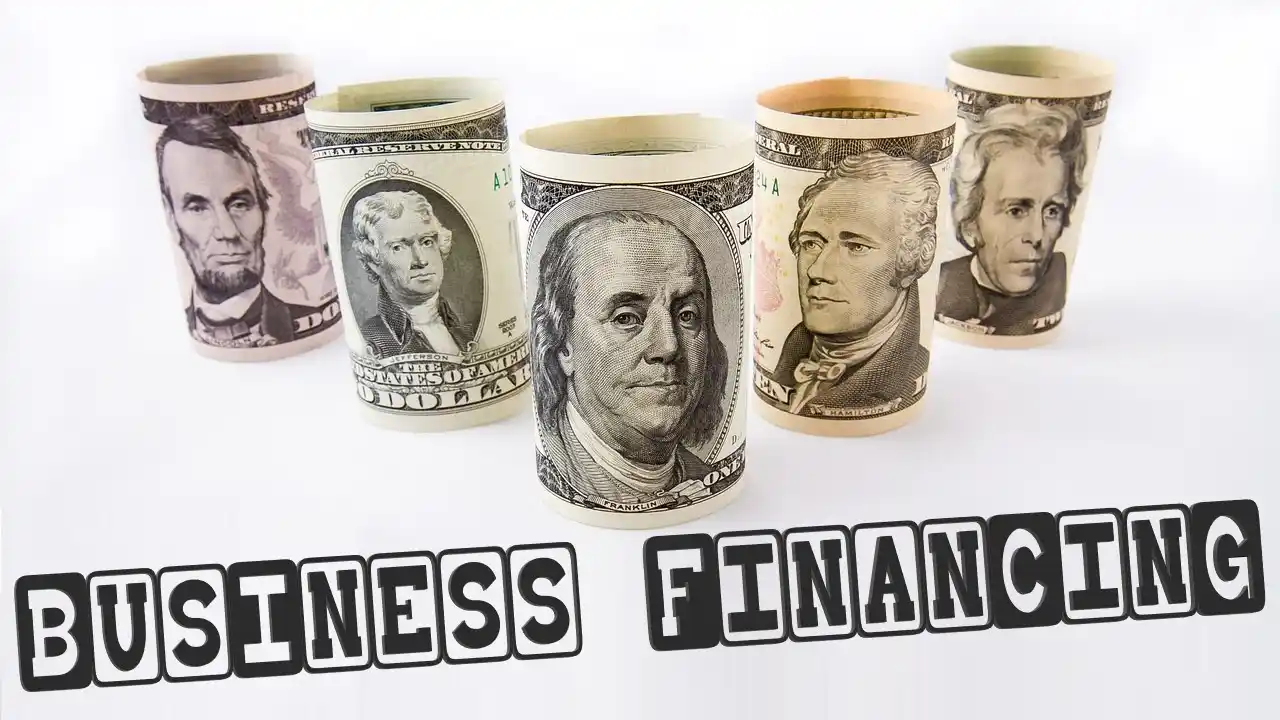A commercial transaction is an economic transaction involving the purchase and/or sale of products and/or services for profit or other purposes. In other words, business is anything that entails people cooperating to earn money. The scale of a company is one of the most distinguishing characteristics. The majority of us are familiar with “very small” or “micro” businesses, which consist of fewer than five employees and are referred to as “very small” or “micro” businesses. One person can operate as a one-person business a web design company, a hair salon, or a modest food business. The classifications of business will be covered in-depth in this article, along with some examples for your convenience.
Another example is a modest store with one or two employees, such as a florist or a craft store. A second example is a modest restaurant with few customers. In most countries, small and medium-sized enterprises constitute more than 90% of all businesses, despite not accounting for more than 90% of the population or business transactions. On the opposite end of the spectrum are extremely enormous companies. Typically, these are multinational corporations that employ thousands of people and conduct business in numerous countries across the globe. At the very least, we are familiar with the names of some of these large corporations, including Microsoft, Samsung, Siemens, Renault, and numerous other well-known and lesser-known corporations.
According to their nature, business activities can divide into two major categories: industry and commerce. Most people view business as the process of purchasing, selling, and exchanging goods and services for a profit. The term “business” is derived from the noun “busy,” which means “occupation.” In a broader sense, “business activities” can refer to any employment in which the same task is performed repeatedly for the purpose of earning money.
Top 10 – Classifications of Business
One of the first things you should do when starting a business is determining how your company will be structured, or what type of business body it will be. This decision will have significant legal and financial implications for your business in the future. Your choice of business entity will impact not only the amount of taxation you must pay but also the ease with which you can obtain a loan or attract investors. Additionally, the structure of your business will determine how much risk you face if someone sues your business. We’ll look at the classifications of business and talk about the related topics in this area.
Small Enterprise
Classifications of business based on ownership include sole proprietorship, partnership, and corporation. This description fits the overwhelming majority of businesses in the United States. A modest business has fewer than 1,500 employees and an annual revenue of no more than $38.5 million. These characteristics typically distinguish a modest business.
Further Classification
Small businesses have 100 or fewer employees, while medium-sized businesses have between 100 and 1,500 employees. A small enterprise employs fewer than 100 people. Some government agencies determine whether to grant loans based on how various industries define small and medium-sized enterprises. Classifications of business by size can range from small, medium, to large, depending on their annual revenue and number of employees.
Small Local Focus is Typical
The vast majority of small enterprises confined to a small region due to the numerous difficulties associated with relocating to new areas. When a business desires to expand into a new area, it must typically hire new employees. This places the corporation in a new category of employee size.
Assembling
In this instance, creating a finished product entails assembling a number of distinct elements or components. The assembling industry frequently uses bicycles, radios, televisions, and wristwatches as illustrations. Consequently, bringing everything together is a crucial stage.
Industry
The industry is a subset of the subject of business known as an industry. The primary objective of industry is the production of goods and services. The definition of “industry” entails removing things from their natural environments and then modifying and reproducing them.
Industries of Construction
These companies construct structures such as buildings, bridges, highways, dams, and rivers. In the construction industry, workers extract raw materials such as stone, limestone, and bricks from the earth, while manufactured products produced elsewhere. (such as cement, iron and steel, wires, and so on).
Commerce
One of the most common classifications of business is based on the nature of the operation, such as manufacturing, trading, or service-based. When you hear the word “commerce,” you should consider everything that helps move products and services from their producers to their consumers.
The scope includes both the actual business transactions and the underlying factors that enable them. These trades, includes all of the services needed for financing, insuring, warehousing, and transporting items. It also includes the handling, sale, and acquisition of goods. It makes it less difficult for individuals who produce goods to sell them to customers.
Company Incorporated
This demonstrates that the proprietors of the business are not personally liable for its debts because they are unrelated. Typically, between two and fifty individuals own a private corporation with the name “Real Estate Agency.”
It is a small to medium-sized company with limited liability, so the proprietors may only sell their shares to individuals who have been approved by the other directors. A public company would have the same benefits as a private company, with the exception that it would be simpler to compete with private companies because it would be easier to sell shares and raise money from the public by selling shares.
Unorganized Businesses
This classification indicates that the business owner holds responsibility for ensuring the fulfillment of all business responsibilities. For instance, the owner of a sole proprietorship with unlimited liability, such as “Sims Kebab,” is solely responsible for hiring and caring for all employees, as well as meeting all financial obligations. A second excellent example is a corner café near Ashfield station, which also has unlimited responsibility.
This means that if the store does not earn enough money, the owner may force to sell personal belongings to pay off the debt, which in some cases could result in the business’s closure. In other words, the proprietor may hold liable for anything if the store is not profitable. In wholesale commerce, individuals buy and sell a broad range of goods in large quantities. A wholesaler is someone who purchases large quantities of products directly from the manufacturer(s) and then resells them to retailers in smaller quantities. The wholesale market is the link between the commercial sector and the retail market.
Commerce
Commerce refers to all activities that facilitate the direct or indirect delivery of products to consumers. The number of products manufactured is irrelevant if the final user, also known as the ultimate consumer, does not buy them. There is only one location where goods manufacture, but many locations where they can purchase. Classifications of business based on their stage of development can include start-ups, and established, or mature businesses.
FAQ
What is the Importance of Classification?
It aids in identifying various animal types and helps mankind. Knowing why and how animals have changed over time is important.Using this makes it easier to find the precise place of the organism in the categorization system. This makes it simpler to determine the phylogenetic relationships between various categories of organisms.
Why is Knowledge Classification Important?
Information classification ensures that everyone in an organization is aware of the type of data they are working with, its value, and their duties and responsibilities in securing it and preventing data loss or breach. This is accomplished by ensuring that those working with the data know what they need to know and recognize the significance of the data.
What Role does Company Classification Play?
Correctly classifying a business is a crucial step in providing coverage for risk because it supports the rating system and enables an insurer to charge an appropriate premium for the business’s risks.
Final Words
As a result, the purpose of commerce is to link a consumer with a provider. Similarly to how production and industry are difficult without commerce, there can be no commercial activity without commerce. Due to this, it is impossible to segregate the commercial and industrial zones. Trade is the process of transferring products from their producers to their consumers. It is the center of the business world, as all business involves the sale, transfer, or exchange of commodities or services.
The solid and dependable foundation of commerce functions as the basis for the rest of the business. Similarly, specialized business activities such as banking, insurance, transportation, warehousing, and advertising, among others, facilitate business transactions. Therefore, the two are related and dependent on one another. In this article, we will discuss classifications of business in brief with examples for your better understanding. For more information on how to start online business from home subject, continue reading.






